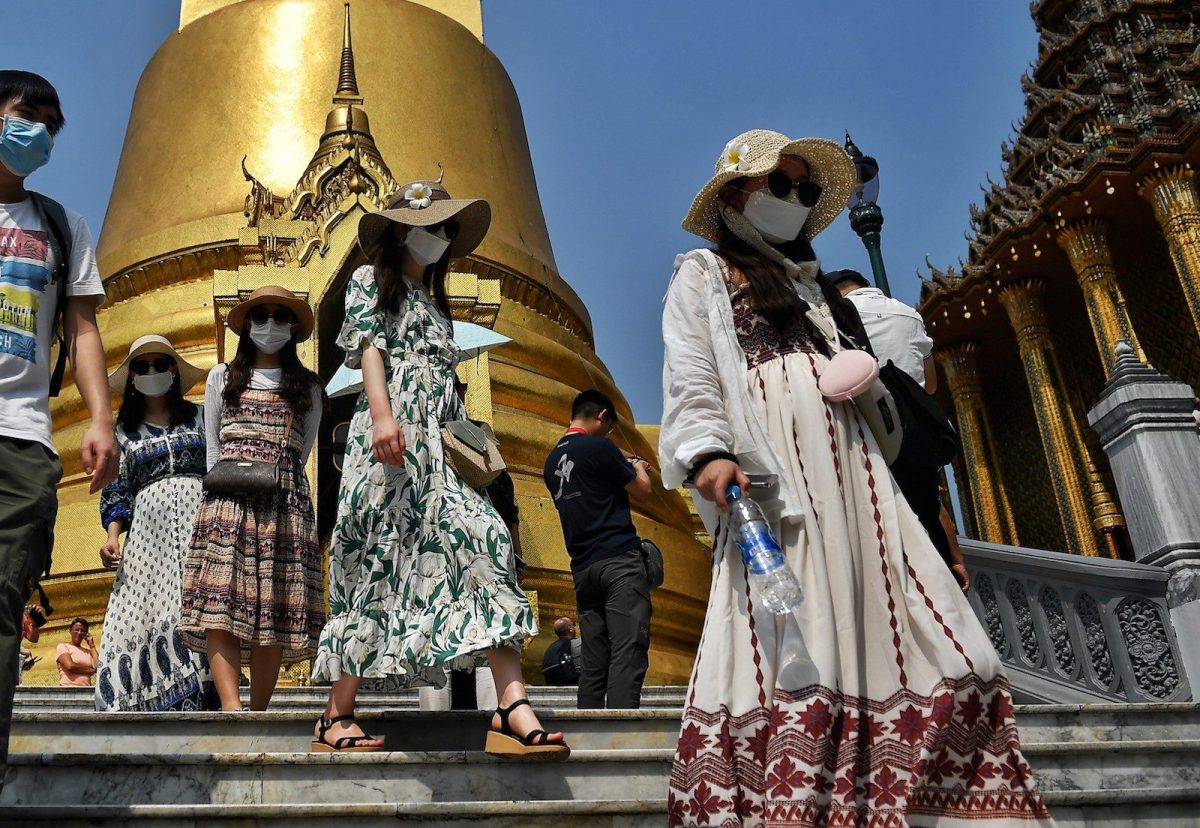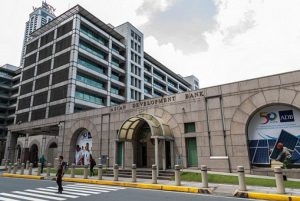(ATF) As a region, Asia has done well in dealing with Covid-19 relative to the rest of the world. But not everyone is looking at the 2020 rearview mirror with a self-congratulatory pat in the back: Vietnam, China and North Asia did decidedly better than India and ASEAN economies (excluding Vietnam).
In fact, for some, such as the Philippines and India, the performance was so abysmal that GDP was amongst the worst in emerging markets. The Philippines uniquely had two consecutive quarters of a double-digit economic decline in output.
The sharp fall of GDP by those two economies reflect their lengthy lockdowns, limited fiscal support, and high dependency on domestic demand for growth with a low manufacturing export share of GDP to offset domestic malaise. On the monetary side, they both cut rates rather aggressively and implemented quantitative easing to ease financial conditions and help the government with a widening deficit, as even if expenditure was low, revenue shortfall was also sharp.
While their relative stinginess in fiscally stimulating the economy didn’t give the economy enough pulse to offset the suppression of the private sector, it served as a shock absorber.
For India, the sharp fall of domestic demand led to a huge decline in imports that drove the current account into surplus, giving the country savings during times of crisis. The Philippines also had a balance of payment surplus as its imports collapsed, driven by the large drop in investment and contraction in consumption, which was unprecedented.
But those factors, coupled with low rates domestically and externally, pave the way for not just a financial market rebound but also an economic recovery in 2021, as funding conditions are favourable and balance sheets trimmer. The election of Joe Biden with a likely divided Congress and Senate also assured the continuity of regulatory policy, with the maintenance of low rates and a cheap US dollar regime that is favourable for emerging markets growth.
And there are also signs that the fall from grace was a cold enough ice bucket to wake economics with current account deficits from their slumber and having too much risk on domestic demand and not enough external competitiveness. Countries from India to Indonesia and the Philippines are working on structural reforms to diversify funding sources to attract more FDI and more sources of income.
For example, the Philippines is working on a bill called CREATE that aims to beef up investment through incentives such as tax cuts.
Labour reforms
In India, the government passed labour reforms that ease labour rigidity, such as reducing the number of companies that must get approval from the government before they lay off or retrench staff (by raising the number of employees at firms from 100 to 300) and should a response not be forthcoming, firms can have more flexibility.
In Indonesia, the Omnibus Bill reform aims to make investment more attractive through tax cuts and streamlining of the investment process, as well as easing rigid labour market conditions. These reforms should help these economies attract more foreign investment in addition to an already favourable portfolio investment environment from low global rates and a weak US dollar.
But of course, the biggest catalyst toward recovery will have to come from normalising domestic mobility, as these economies are dependent on domestic demand for growth.
For India, there are signs that the recovery is gaining speed with the PMIs bouncing upward and even the shadow banking system improving. Indonesia is also gaining steam with consumer confidence and high-frequency activities showing growth after a tough Q3.
The Philippines has been the worst performer of Asia and is still struggling to recover but should be out of the woods as it exits lockdowns. Still, for these economies, the road to recovery is paved with improvement from a rather low base rather than building on a solid foundation in 2020. That means that the growth we will see in 2021 will be mostly technical recoveries and a normalisation to life as it was before Covid, compared to a meaningful improvement in living standards.
And we must not also forget that these economies with current account deficits, although weak in economic performance, are also those with more prudent fiscal stances and low government debt. That means the drag on their growth is less than the massive debt some high-income Western nations acquired that may hamper their ability to jumpstart domestic demand.
While people in these Asian economies must lick their wounds, as the pain of 2020 is deep, they have also made some meaningful reforms that will pave the way for brighter futures. Their low debt, favourable demographic transition and, hopefully, lessons learned from Covid-19 in regard to structural weaknesses, should give insights on how to push through changes needed to capitalise on investment in the year ahead.
























